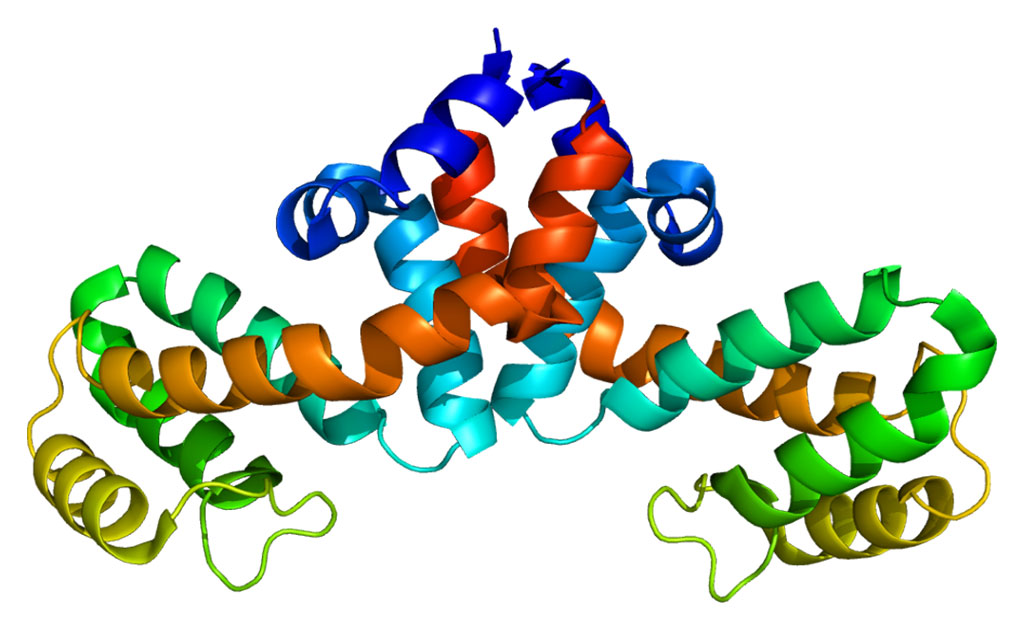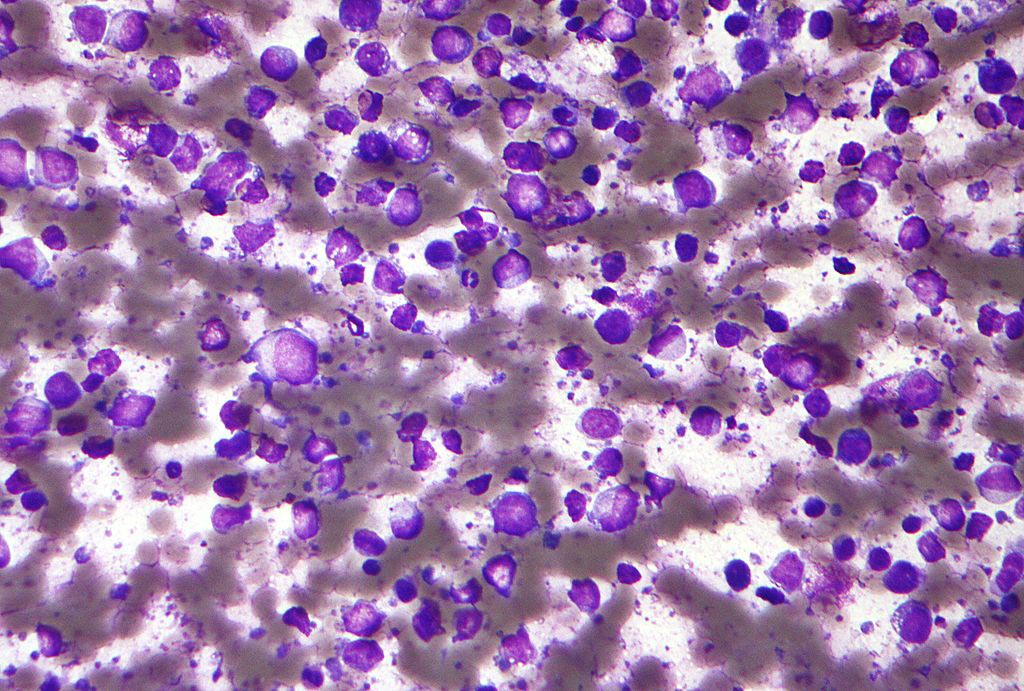Bioremediation Process for Groundwater
By Biotechdaily staff writers
Posted on 21 May 2002
A new biomediation method for groundwater based on natural biologic processes makes the removal of chlorinated solvents from groundwater much easier and less expensive.Posted on 21 May 2002
Groundwater plumes contaminated with chlorinated solvents present unique obstacles related to the high density and low solubility of the chemicals. The new process, called Bioavailability Enhancement Technology (B.E.T.), was developed by the Idaho Engineering and Environmental Laboratory (INEEL, Boise, USA), part of the US Department of Energy. B.E.T. takes advantage of natural biologic processes that break down trichloroethene (TCE) when bacteria already present at the site are given an appropriate food source. Scientists have found that the INEEL process helps dissolve the TCE, which accelerates its degradation. The process is much cheaper than conventional methods and the land site remains undisturbed.
In a recent test, scientists used B.E.T. to clean up an underground aquifer contaminated with organic sludge and wastewater, resulting in a two-mile long TCE groundwater plume. TCE had been injected into the aquifer over a period of 15 years. The test results exceeded expectations. Not only did concentrations of TCE in the area drop below detection limits, but breakdown of TCE was also increased.
"TCE contamination is one of the most prevalent environmental problems in the world,” said Lyman Frost, INEEL technology transfer director. "This is an excellent examaple of teaming between industry and national laboratories.”
Related Links:
Idaho Engineering and Environmental Laboratory













